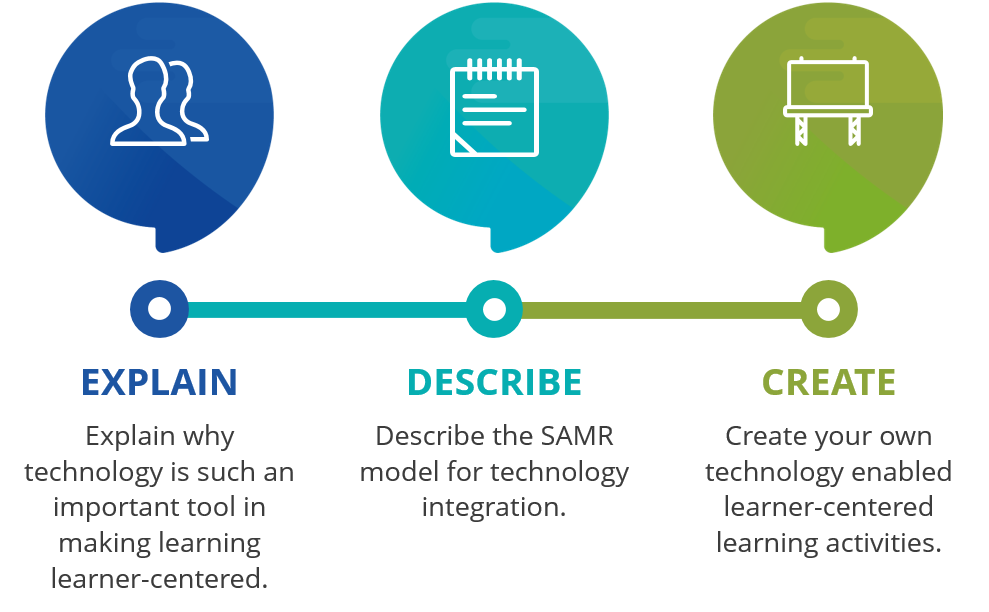Unit 30: ICT to Support Learner Centric Education

So far in this module, we have learnt what learner-centred teaching is and why it is important that we try and teach in learner-centred ways. It is learners, after all, that need to do the learning. Therefore, it is important that we put the learner and their needs at the heart of what we are doing.
In this unit we will have a look at some ways in which technology can support our efforts in putting the learner at the heart of things as well as some general principles for designing great technology enabled learner-centric learning activities.
By the end of this unit, you will be able to:

At the end of this unit, you are going to design a technology enabled learner-centred learning activity. As you go through the unit lesson, start to think about what topic you might want your learning activity to be about.
Click on the link below to start the lesson.

For this assessment, you are going to design your own technology-enabled learner-centred learning activity that you are able to use in your own classroom. This means that whatever you design must have the learners using the technology. However, whatever technology you choose to use, must be accessible to you and your learners.
Before you begin, have a look at the rubric that will be used to assess the quality of your learning activity so that you know what to include and focus on.

References

Teachers' ICT Integration Course by Matthew Goniwe School of Leadership and Governance is licensed under a Creative Commons Attribution-ShareAlike 4.0 International License with the exception of the following resources:
All content not licensed under a Creative Commons license is all rights reserved, and you must request permission from the copyright owner to use this material.